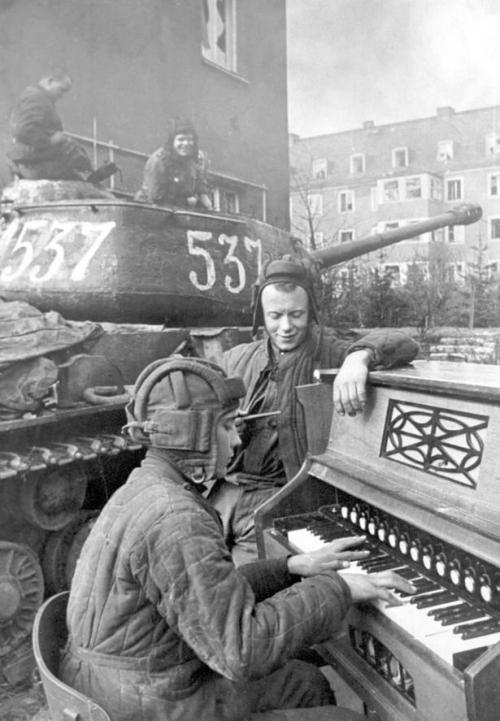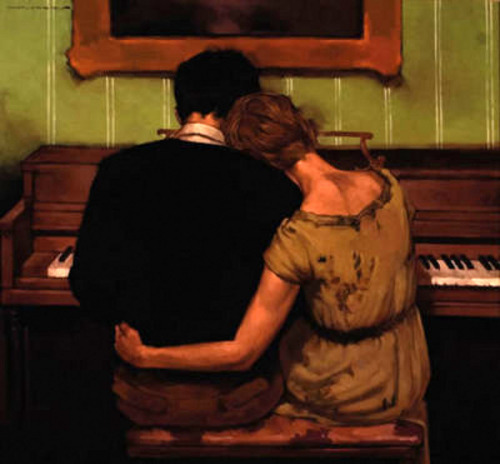 |
| Madeleine L'Engle, 1918-2007 |
“The artist is a servant who is willing to be a birthgiver. In a very real sense the artist (male or female) should be like Mary who, when the angel told her that she was to bear the Messiah, was obedient to the command.
…I believe that each work of art, whether it is a work of great genius, or something very small, comes to the artist and says, “Here I am. Enflesh me. Give birth to me.” And the artist either says, “My soul doth magnify the Lord,” and willingly becomes the bearer of the work, or refuses; but the obedient response is not necessarily a conscious one, and not everyone has the humble, courageous obedience of Mary.
As for Mary, she was little more than a child when the angel came to her; she had not lost her child’s creative acceptance of the realities moving on the other side of the everyday world. We lose our ability to see angels as we grow older, and that is a tragic loss."
-- Madeleine L'Engle, Walking on Water: Reflections on Faith and Art.



